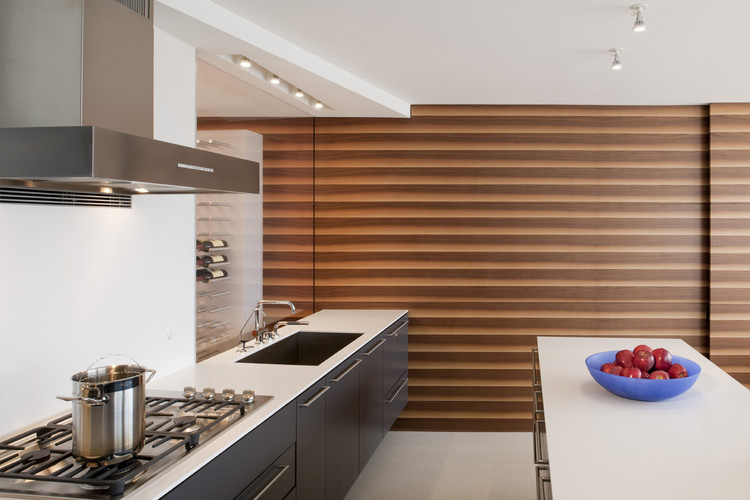
-
Architects: Robert Gurney Architect
- Area: 1250 ft²
-
Photographs:Maxwell MacKenzie Architectural Photographer
Text description provided by the architects. The Watergate complex, in Washington DC consists of five buildings sited on ten acres overlooking the Potomac River and was built between 1963 and 1972. Designed by Italian Architect Luigi Moretti, the Watergate is considered one of Washington’s most desirable addresses.



























